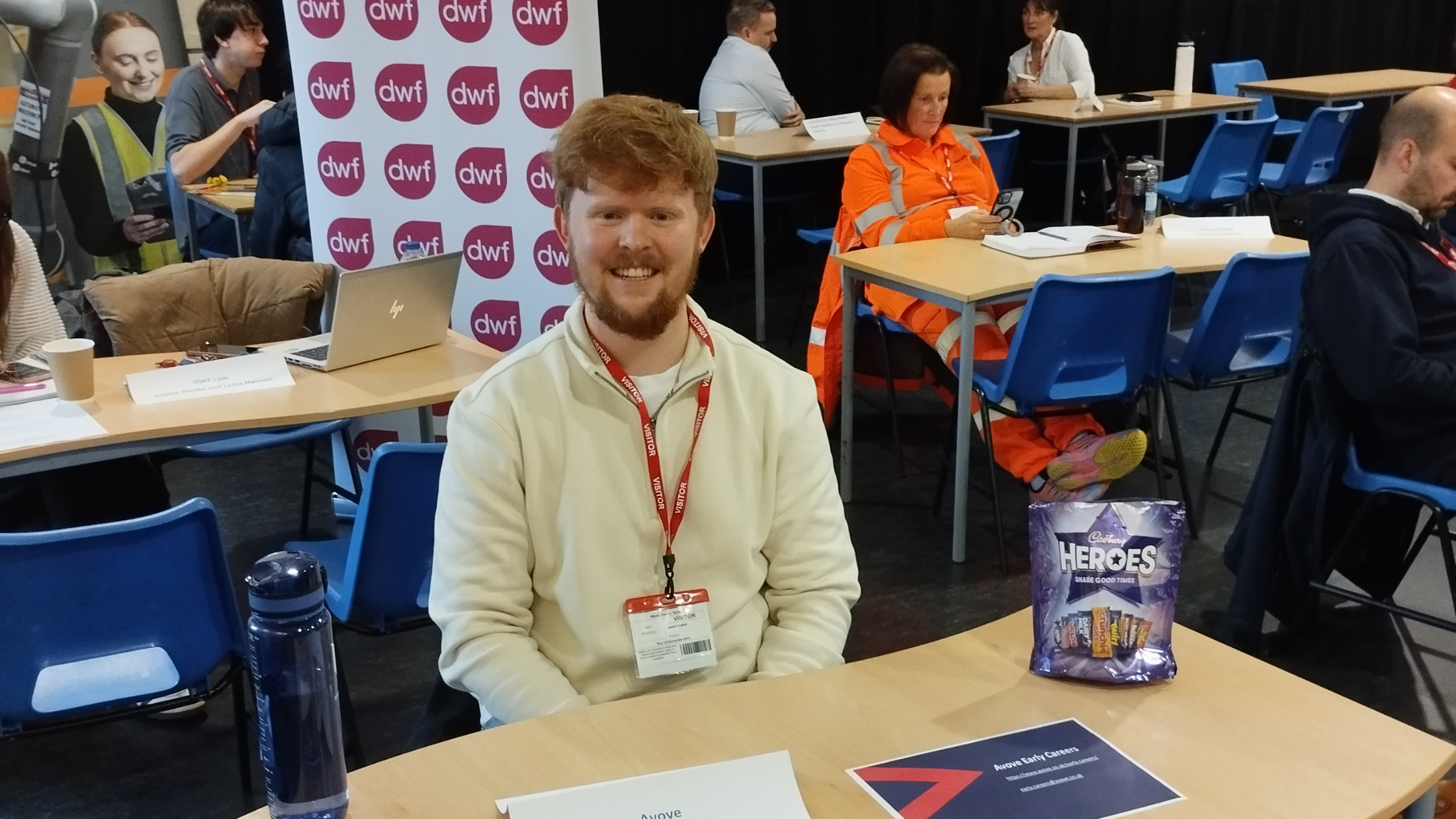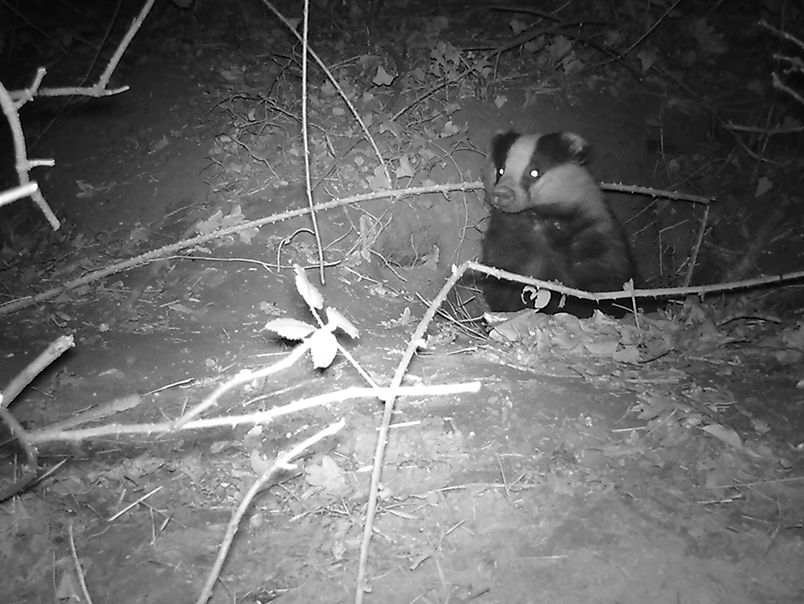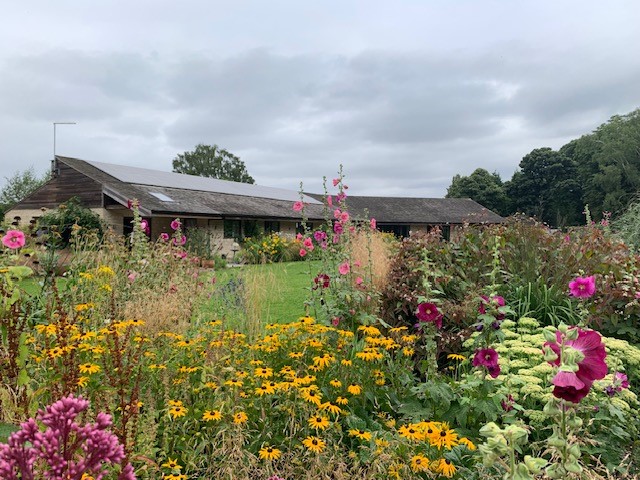Prioritising Nature: Our Commitment to Supporting Local Wildlife


Find out how we prioritise wildlife within our operations
Sustainability plays a key role within our operations at Avove. We understand the impact of our industry, and we are committed to making a positive difference within the environments and communities in which we operate. From the work of our dedicated Environmental team working together with our onsite teams to protect local wildlife to the introduction of biodiversity grants, find out how we demonstrate our commitment to prioritising nature.
How our Environmental team safeguard local wildlife
Our projects ensure access to clean water and safeguard the efficiency of wastewater infrastructure for millions of people around the UK. However, the nature of these projects require processes such as tunnelling and the installation of pipelines, which can pose a risk of disrupting local wildlife in the area, if not handled effectively. We are committed to mitigating these risks through the work of our dedicated, in-house Environmental team who work hard, alongside our project teams, to develop innovative solutions that simultaneously ensure the efficient completion of our projects and the protection of local wildlife.
When planning the delivery of a project, we consult with our team of Ecologists and Environmentalists to identify the potential risks to nature within the project area. Our team survey the site and surrounding areas to identify local species of animals and plants, especially those that have ‘Protected’ status and evaluate the impact our operations could have on these species. They will then work with our teams to make amendments to proposed plans or create innovative solutions that mitigates the risks identified.
“Avove’s Environmental Team has a thorough understanding of the impacts of the works Avove undertakes and strives to ensure that we preserve and protect valuable habitats and species in all that we do. Our understanding of the work Avove undertakes means that we can be pragmatic and innovative in the ways we work, push for better ways to protect our wildlife and, hopefully, leave an area in a better condition to support our wildlife than when we arrived.”
Isy Keily-Atkin | Principal Environmental Manager
Using innovative technology to protect badger setts

One of the species we frequently encounter within our project locations are badgers. A badger’s habitat is an underground burrow known as a sett, which can pose a challenge for underground construction activity.
During a site inspection for a new water main, our environment team discovered a badger sett that was near to the site. Due to the nature of the project, it wasn’t possible to move the pipeline, so our team had to think of a creative solution to enable the project to go ahead without disrupting the badgers.
Our team sought the advice from a Badger-licenced Ecologist. During this consultation, it was established that the badgers using this sett would be used to a high level of noise, due to the location of the sett being near a busy pumping station. It was identified that we could use a ground penetrating radar survey to establish whether the architecture of the sett extended under the road, allowing us to establish whether the intended works would compromise the sett. The results of this investigation showed that the sett was contained in such a way that the works wouldn’t disrupt the habitat or pose a risk to the badgers that lived there. Even though the works wouldn’t directly impact the sett, we operated under a precautionary working method statement implemented by a Badger Licenced Ecologist to ensure the badgers weren’t disturbed.
Safeguarding waxcap grass lands
Waxcap grasslands are a priority habitat within the UK, as they are rare and diverse ecosystems. The grasslands are extremely sensitive and construction activities, such as topsoil stripping and ploughing, can detrimentally affect the biodiversity in these areas.
During the planning of our Strelley to Redhill project in Nottingham, our environment team identified waxcap grasslands. A mitigation strategy needed to be devised to minimise the negative impact posed to these areas. This strategy aimed to excavate, store and preserve the organic surface layer, which is where the sensitive mycelial (fungal) layer is present. Following the installation of the pipeline, this layer would be reinstated protecting the waxcaps in this site and ensuring their long-term presence in the area.
Our innovative approach ensured the successful installation of the pipeline and our team are still consistently monitoring the site to ensure our mitigation strategy safeguards the waxcap grasslands in the area.
Adapting our operations to protect hazel dormice
The hazel dormouse is a protected species in the UK that are known to live in fragmented populations in Welsh forests, including some of the forestry areas that are managed by Avove’s Vegetation Management. Our Vegetation Management team are responsible for preventing dangerous situations arising from overgrown foliage near overhead powerlines.
We established the potential presence of this species within the areas of Welsh forest where we operate through local biological records, existing dormouse nestbox schemes and assessing existing vegetation types. A habitat suitability assessment was then carried out by a licenced dormouse ecologist, which confirmed that the habitat surrounding the powerlines was found to have suitability for dormice. We used what we had found out about the dormice population in this area to adapt our ways of working to prevent any danger posed to the species.
Our operations were scheduled for the Autumn/Winter season, when the species hibernate and are less likely to be active, and we used equipment that prevented the risk of dormice being injured or killed. Hazel dormice hibernate at ground level; therefore, the cutting of vegetation was to take place no lower than 1ft from the forest floor and no chipping was to take place anywhere within the area to prevent the dormice from being injured by machinery and to avoid the hibernating mice being covered in wood chippings. Finally, we facilitated the movement of the dormice through the area through improving habitat connectivity. This involved using the cleared vegetation to form ‘bridges’ between tree canopies and beneath the powerlines, to enhance the habitat for the present population of dormice.

Supporting biodiversity in local areas
In addition to the work our Environment team carries out on our project sites, we are also committed to supporting wildlife and biodiversity within the communities in which we operate.
During our Strelley to Redhill project in Nottingham, alongside our client Severn Trent, we introduced biodiversity grants to support the activity of local wildlife groups, who carry out a range of initiatives to take care of local species. This grant was used to transform a local resident’s garden into a haven for wildlife consisting of meadows, ponds and wooded areas. This initiative enabled the population of a range of local species including, bats, kestrels and frogs and also offered the opportunity for the general public to access the garden with the hope of the visits raising money for cancer charities and other good causes.
Our commitment to protecting local wildlife continues
Although we’re proud of the efforts we have made to care for the environments we work in and the species that call those environments home, we know that there is always more that we can be doing. From adapting our ways of working to creating new innovative solutions, we are committed to supporting the longevity of local species and supporting biodiversity.